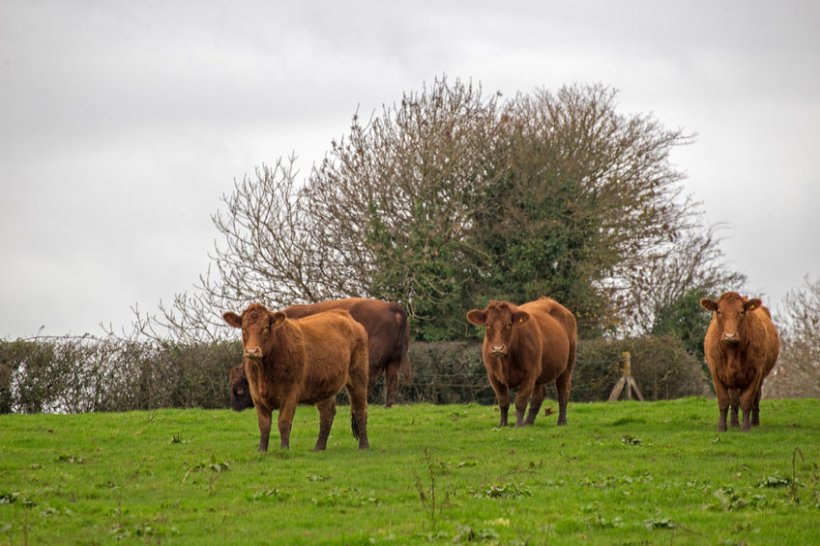
The livestock sector must deliver an effective farm-level response to the UK's pledge to slash 30% of methane emissions by 2030 or it will face calls to downsize production, an expert has warned.
The Global Methane Pledge announced at COP26 in Glasgow commits signatories to reducing their overall emissions by 30 percent by 2030, compared with 2020 levels.
While the pledge is a tough step in a climate change transition marathon, it is also a feasible goal provided the UK livestock sector moves quickly, according to the chair of Ruminant Health & Welfare, a group established to focus the sector's drive in tackling animal health challenges.
Dairy, beef and sheep production across the UK's four nations are already firmly in the crosshairs over methane emissions, Nigel Miller warned.
"The Climate Change committee has been clear that a reduction in red meat and dairy consumption of 20% is integral to the UK’s plan to reach net zero," he said.
“The truth is ruminant sectors can no longer shelter behind carbon efficiency alone. We must use this pledge to trigger a change in mindset and take control of our share of the problem.
"The management focus has to be all about reducing methane emissions over the next 10 years if dairy, beef and sheep producers are to protect their future.”
However, Mr Miller said it looks possible to achieve a 30% methane reduction across UK livestock farming this decade by blending new science with high levels of care – and to even go beyond this reduction target in the long term.
A key challenge will be for each producer to be aware of their own farm’s emissions profile – the levels of CO2, methane and nitrous oxide their activity generates.
Taking control of those three very different greenhouse gas streams is important, and for livestock producers, methane reduction must now be an immediate focus of effort.
“Measuring these gases is a challenge in itself,” he said, “The Scottish government has just announced a £50m package to support farm carbon audits and planning. We need this type of support across the four nations.
“However, we also need a standardised greenhouse gas calculator farmers can work off, one which ensures consistent feedback as new measures emerge and is approved using the same values or coefficients to ensure the outputs are comprehensive and up-to-date.”
Mr Miller said immediate opportunities open to cattle and sheep producers to reduce methane include driving targeted health improvements to reduce involuntary culling, and increasing longevity in dairy and breeding stock.
He added that developing a high national health status for cattle and sheep will provide a platform for other interventions.
“We are also on the threshold of having commercially available feed additives which have reduced enteric methane emissions in some trials by over 30%," he said.
“In the medium-term, new genetics offer a range of solutions, the most direct being heritable reductions of enteric emissions in cattle and sheep, supported by other traits such as mature weight and robustness which might combine into a climate change index.”
As well as advocating reductions in meat and dairy consumption, the Climate Change Committee has also called for low-carbon farming practices.
It too singles out improved livestock health as an effective measure which – alongside the use of controlled-release fertilisers and slurry acidification – stands to reduce greenhouse gas emissions from soils, livestock and manure management by 10 megatonnes of CO2 equivalent by 2050 across the UK.
A recent SRUC study found that the deployment of up to 18 on-farm measures could reduce annual emissions by 4 megatonnes of CO2 equivalent by 20354.
